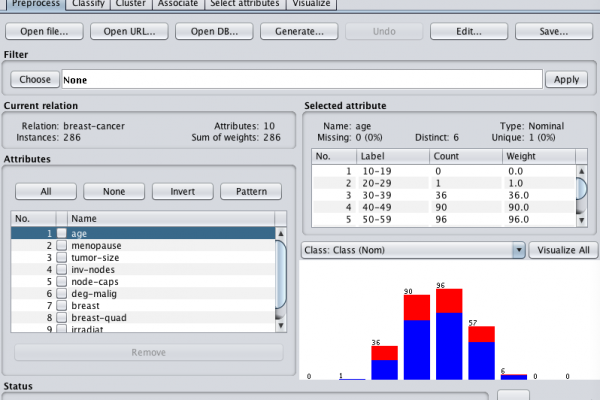Regression Tutorial with the Keras Deep Learning Library in Python
Last Updated on August 27, 2020 Keras is a deep learning library that wraps the efficient numerical libraries Theano and TensorFlow. In this post you will discover how to develop and evaluate neural network models using Keras for a regression problem. After completing this step-by-step tutorial, you will know: How to load a CSV dataset and make it available to Keras. How to create a neural network model with Keras for a regression problem. How to use scikit-learn with Keras to […]
Read more








